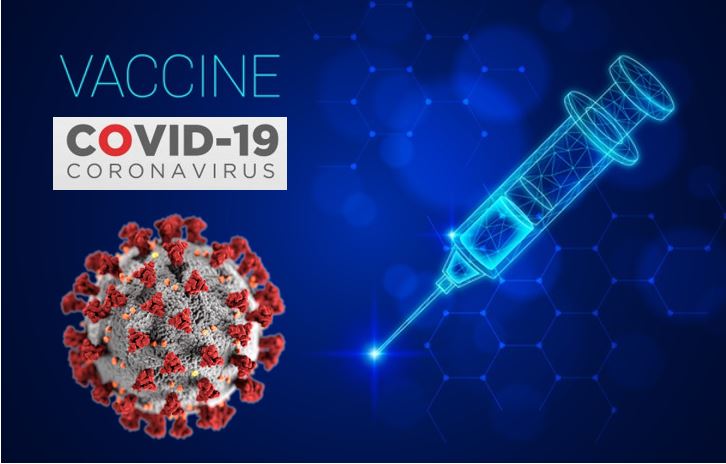In case you aren’t familiar, vaccines are preventative measures that can grant a person practical immunity from threats like bacteria or viruses. Most bacterial and viral infections are dangerous because they are able to replicate rapidly in your body, triggering an inefficient response from your natural immune system and a variety of negative effects.

Given enough time, a healthy immune system can eventually identify the invading species, and learn how to destroy it. However, this process takes time, and in some cases, by the time the immune system “learns” what’s happening, it’s already too late.
Vaccines often include a copy of the bacteria or virus it’s meant to protect against. These could be completely killed versions, so they can’t replicate at all, they may be partial versions, so they aren’t a threat, or they may be a variant that cannot replicate. In any cases, these introduced copies aren’t a threat to the host; instead, they’re a kind of training simulator for the immune system.
So how do scientists make vaccines?
The Stages of Vaccine Development
You can think of the stages of vaccine development as unfolding like this:
Exploration
The exploratory phase is an introductory study period. Scientists must learn more about the nature of this particular threat. For example, how does this bacteria or virus strain work? How does it replicate? Why is it dangerous?
Pre-clinical development
With initial information to go on, researchers can begin putting together a preliminary version of a vaccine, testing it in animals when appropriate and conducting other lab-contained tests.
Clinical development
Clinical development is all about testing the vaccine, and is often the longest part of the process. In phase I of testing, small groups of people begin receiving the prototype vaccine. In phase II, the vaccine is issued to a much wider group of people, usually within a targeted range of demographics. In phase III, the vaccine is issued to thousands of people and is thoroughly tested.
Regulatory review
In the United States, vaccines are evaluated and regulated by the Food and Drug Administration’s (FDA’s) Center for Biologics Evaluation and Research (CBER). This regulatory body undergoes a comprehensive evaluation of the vaccine to make sure it is both effective and safe.
Manufacturing
Assuming the vaccine gets regulatory approval, it then heads to the manufacturing phase. Here, the vaccine must be created and distributed in a way that’s both effective and cost-efficient.
Quality control
The vaccine manufacturing process must be closely monitored to ensure the integrity of each does. Additionally, researchers and regulators must observe the continued administration of the vaccine to record side effects and reevaluate the efficacy and safety of the vaccine.
Hurdles to Vaccine Development
If the process to creating a vaccine is somewhat straightforward, then why does it take so long to develop one for a new threat? And why are there some diseases for which we don’t have vaccines at all?
Costs

One of the biggest limiting factors is cost. It costs money to set up a lab, hire researchers, and spend time learning how a given biological threat works. In the modern era, labs can cut costs in a variety of ways; for example, they can lease lab equipment instead of buying it, saving thousands of dollars in the process. Still, most vaccine research depends on the proactive allocation of funding to function efficiently.
Prioritization
There is an upper limit to the number of people and number of labs we can dedicate to vaccine research. There are only so many vaccine experts in the world, and we need them to spend their time on the biggest threats and highest priorities. If a bacteria or virus is believed to be a low risk or not a threat at all, we won’t devote many resources to it.
Pure time
Vaccine development is a time intensive process. All vaccines must be tested before they’re made available to the general population. Because side effects can take weeks, or even months to show up, clinical trials can greatly prolong the timeline. There are also several phases of testing and development to contend with, and many of them can’t be accelerated.
Regulations and logistics
Vaccine regulatory bodies tend to be strict when it comes to approval. In some cases, a lack of evidence or questionable evidence can prevent a vaccine from getting distributed. Even if it’s approved, there many be difficulties manufacturing ample quantities of the vaccine.
Creating vaccines is notoriously challenging, but with the right resources and the right motivation, it’s conceivable to address almost any kind of bacterial or viral threat with an effective preventative measure.
_______________________________________________________
Interesting related article: “What is Compliance?“

